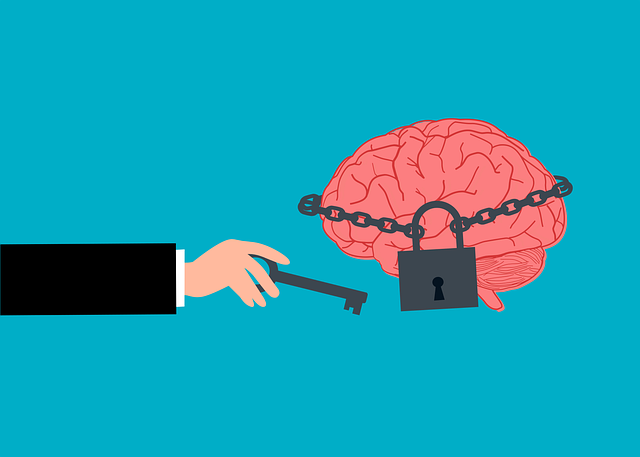Public awareness campaigns, fueled by digital platforms, are shifting societal perceptions of mental health, with initiatives like Lafayette Online Therapy at the forefront. These campaigns educate on various conditions, reduce stigma, and provide crisis intervention. To engage their target audience—especially those seeking trauma support or anxiety relief—Lafayette Online Therapy uses personalized messaging and storytelling. They also leverage diverse media to offer valuable mental health education and establish themselves as a trusted authority. Measuring campaign impact through KPIs like engagement rates, website traffic, and support-seeking numbers is crucial for tailoring future efforts and reaching demographics needing assistance.
Public awareness campaigns play a pivotal role in shaping societal perceptions of mental health, with Lafayette Online Therapy leading the charge in accessible care. This article delves into the crucial role of such initiatives, offering insights on crafting compelling content and measuring their impact. We explore strategies to create engaging online therapy campaigns, ensuring they resonate with diverse audiences. By understanding what works and what doesn’t, we can continuously improve mental health outreach, ultimately fostering a more supportive environment for all.
- Understanding the Role of Public Awareness Campaigns in Mental Health
- Strategies for Creating Effective Lafayette Online Therapy Campaign Content
- Measuring Impact and Iterating for Success in Mental Health Outreach
Understanding the Role of Public Awareness Campaigns in Mental Health

Public awareness campaigns play a pivotal role in shaping societal perceptions and attitudes toward mental health. In today’s digital age, where information spreads rapidly through online platforms, such initiatives are more accessible and impactful than ever. Lafayette Online Therapy, for instance, has been at the forefront of leveraging these campaigns to bridge the gap between individuals seeking support and the resources they need.
These campaigns not only aim to educate the public about various mental health conditions but also focus on mental illness stigma reduction efforts. By fostering open dialogues, they encourage self-esteem improvement and provide crisis intervention guidance, ultimately creating a more supportive environment for those facing mental health challenges. Through targeted messages and accessible platforms like online therapy services, campaigns can reach diverse audiences, ensuring that help is readily available to all who need it.
Strategies for Creating Effective Lafayette Online Therapy Campaign Content

Creating engaging content for a Lafayette Online Therapy campaign requires a strategic approach to capture and retain audience attention. The key lies in understanding the target demographic’s needs and preferences, especially when promoting mental health services online. Personalized messages that resonate with individuals seeking trauma support or anxiety relief can significantly impact campaign effectiveness.
In designing Lafayette Online Therapy content, consider incorporating storytelling techniques to humanize the brand. Share real-life experiences of clients who have benefited from therapy services, highlighting how it has improved their lives. This emotional connection fosters trust and encourages potential clients to engage further with the brand. Additionally, offering valuable mental health education through blog posts or videos can attract a wider audience, positioning the campaign as an authoritative source for anxiety relief and overall well-being.
Measuring Impact and Iterating for Success in Mental Health Outreach

Measuring the impact of public awareness campaigns is a crucial step in ensuring their success and effectiveness, especially when addressing sensitive topics like mental health. By utilizing data-driven methods, organizations can gauge the reach and resonance of their messages with the target audience. This involves tracking key performance indicators (KPIs), such as campaign engagement rates, website traffic increases, and the number of individuals seeking support through Lafayette Online Therapy or similar services.
Iterative improvements are then possible based on these insights. For instance, if a particular message resonates strongly with certain demographics, future campaigns can be tailored to emphasize those aspects further. Conversely, if certain segments remain unaware or uninterested, strategies can be adjusted to better cater to their needs, whether it’s through changing communication channels, incorporating more relatable content, or focusing on specific mental health concerns like burnout prevention strategies for healthcare providers, as part of broader emotional well-being promotion techniques.
Public awareness campaigns play a pivotal role in promoting mental health, as evidenced by the success of Lafayette Online Therapy’s initiatives. By understanding the target audience and employing strategic content creation, these campaigns can significantly enhance outreach efforts. Measuring their impact is crucial for continuous improvement, ensuring that resources are allocated effectively to address mental health challenges. Through data-driven iterations, Lafayette Online Therapy can refine its approach, ultimately reaching more individuals in need and fostering a healthier community.














